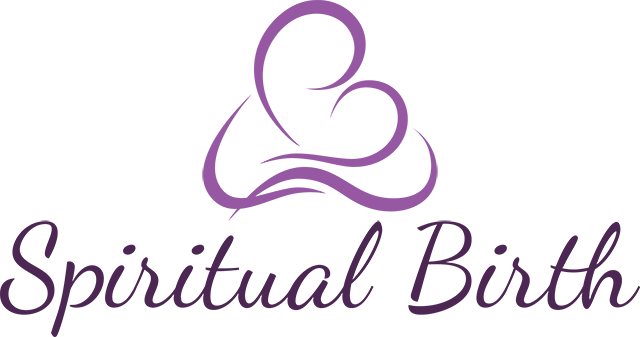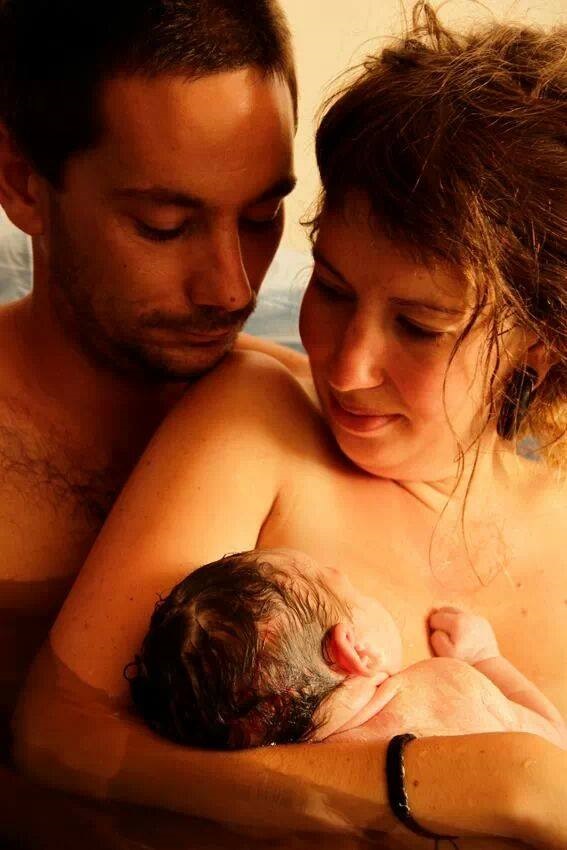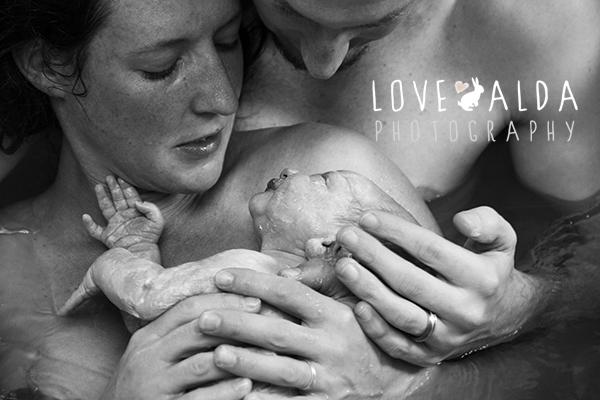Physiological birth is an involuntary process, related to activity in the primitive brain and body structures. It occurs best when a woman’s parasympathetic nervous system is operational and she is in a state of trust. The fetus ejection reflex is a short series of involuntary movements that result in the birth of the baby followed by transcendent feelings for the mother baby dyad.
Tag: second stage of labour
What is Physiological Birth?
Physiological birth occurs when a mother is not disturbed during the process of labour and birth. This enables the body to release a cocktail of hormones and neurochemicals that enable and empower the mother and baby to make this major transition from womb to world in the gentlest and most loving possible way.
How Long is Second Stage of Labour?
Rules for the length of the second stage of labour imposed on women by bureaucratic hospital and medical systems do not serve women or take into account natural birth physiology or the individual differences of women.
Protecting Mother and Baby during Second Stage of Labour
How does a midwife explain a slow labour or a long ‘second stage’? The fact that a woman may be fully dilated does not mean she is ready to expel her baby from the womb. Midwives and obstetricians make this mistake all the time, as if the woman were a mechanical engine that should fire it’s pistons at the turn of a key. Midwifery is both an art and a science and part of that art, in the present climate, seems to be to prevaricate in order to align ourselves with what obstetric theory advises we should be doing.
Protecting Mother and Baby during Second Stage of Labour
A mother who is forced to push (coached pushing) tires more easily and is less able to recover in-between the contractions, as is her unborn child. Women need privacy, quietness, time and gentle encouragement to complete the second stage of labour spontaneously and birth their babies with their own efforts.



